| Structure | Name/CAS No. | Articles |
|---|---|---|
 |
sodium chloride
CAS:7647-14-5 |
|
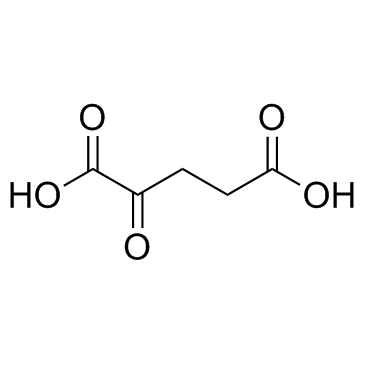 |
2-Ketoglutaric acid
CAS:328-50-7 |
|
 |
HEPES
CAS:7365-45-9 |
|
 |
SODIUM CHLORIDE-35 CL
CAS:20510-55-8 |
|
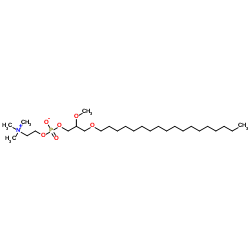 |
Edelfosine
CAS:70641-51-9 |
|
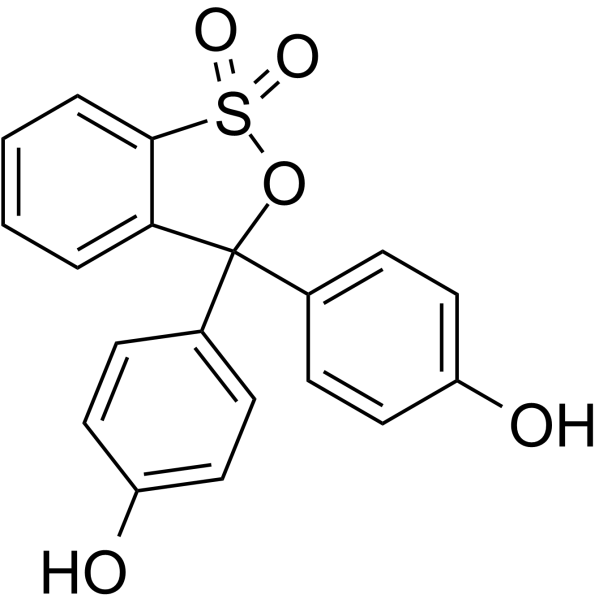 |
Phenol red
CAS:143-74-8 |
|
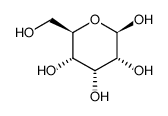 |
Beta-D-allose
CAS:7283-09-2 |
|
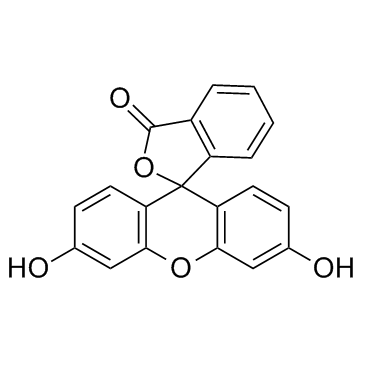 |
Fluorescein
CAS:2321-07-5 |
|
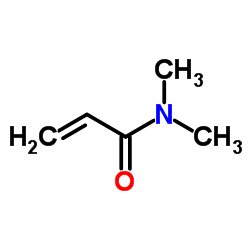 |
Acryloyldimethylamine
CAS:2680-03-7 |